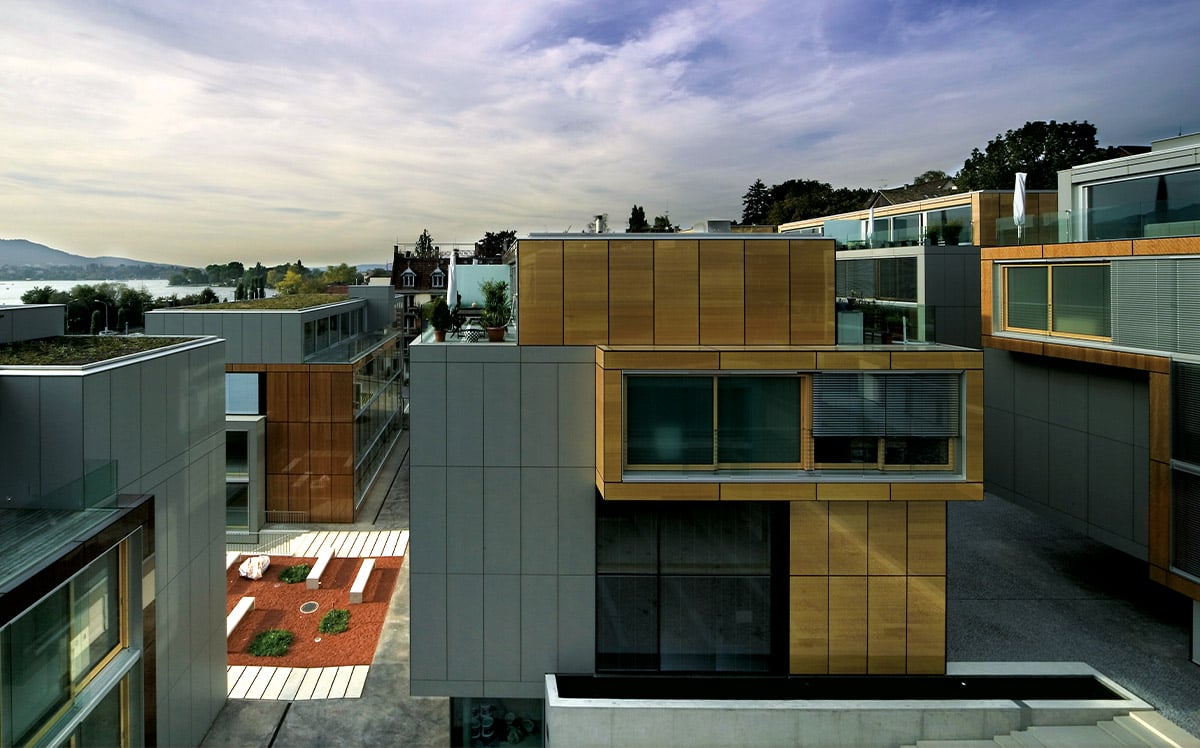Login
Registered users

Curtains and drapes evoke the closeted atmospheres of the 19th century, the world of “pillow cases, cushion covers and containers” described by Walter Benjamin (Paris, Capital of the Nineteenth Century, 1939). Modernity, by contrast, is curtain-less purity and transparency, a world that has banished all diaphragms between interior and exterior, where the private sphere is unabashedly laid out for all to see. A methodological contradiction seems to separate modernity and drapery.
Curtains are considered to undermine compositional rigueur, blur symmetrical line. The fullness and richness of classical fabric drapery belong, it is thought, to the realm of decoration. Architects and designers at most might stoop to designing sun-shading blades or sleek light-filtering panels. Until, that is, Petra Blaisse showed us how modern design architecture can be reconciled with the world of fabrics. This singular artist has a predilection for temporary, changeable, flexible spaces. Hence her focus right from the start of her career on gardens and curtains, redesigning the way indoors relates to outdoors. A relationship, she says, that used to be posited on a falsehood: gardens were de-naturalised, made to resemble carpets, while interiors were furnished with carpets that resembled gardens. “Working with diaphragms” says Blaisse, “I try to reconstitute nature inside, not as a carbon copy, but in certain perspectives, the way light filters and its fluidity of movement”.
Curtains have a silent dynamic: they ripple as people pass. And like the ripple of a breeze, they seem to have a life of their own. In a certain sense, they are living things, part of the natural world.
Curtains are also part of architecture and interiors, not an add-on accessory. Petra Blaisse emphasises that her curtains (defined as “emancipated”) develop out of collaboration with architects and designers right from the beginning of the project. Her brief, she says, starts well before the...
Digital
Printed

ABDR - Architetti associati
ABDR Architetti
ABDR stands for Arlotti, Beccu, Desideri, Raimondo, and is the acronym formed by the first letter of the names of the four partners in alphabetical or...
Agbar Tower
Ateliers Jean Nouvel
Located on Plaza de las Glories Catalanes, the 142 m, 35-storey Agbar tower is a “small skyscraper” that fits perfectly into the acute angle forme...
Residential and Office Complex
Camenzind Evolution
This former industrial site near the centre of Zurich has been transformed into the “Seewürfel” (Lake Cubes) urban regeneration project, designed...